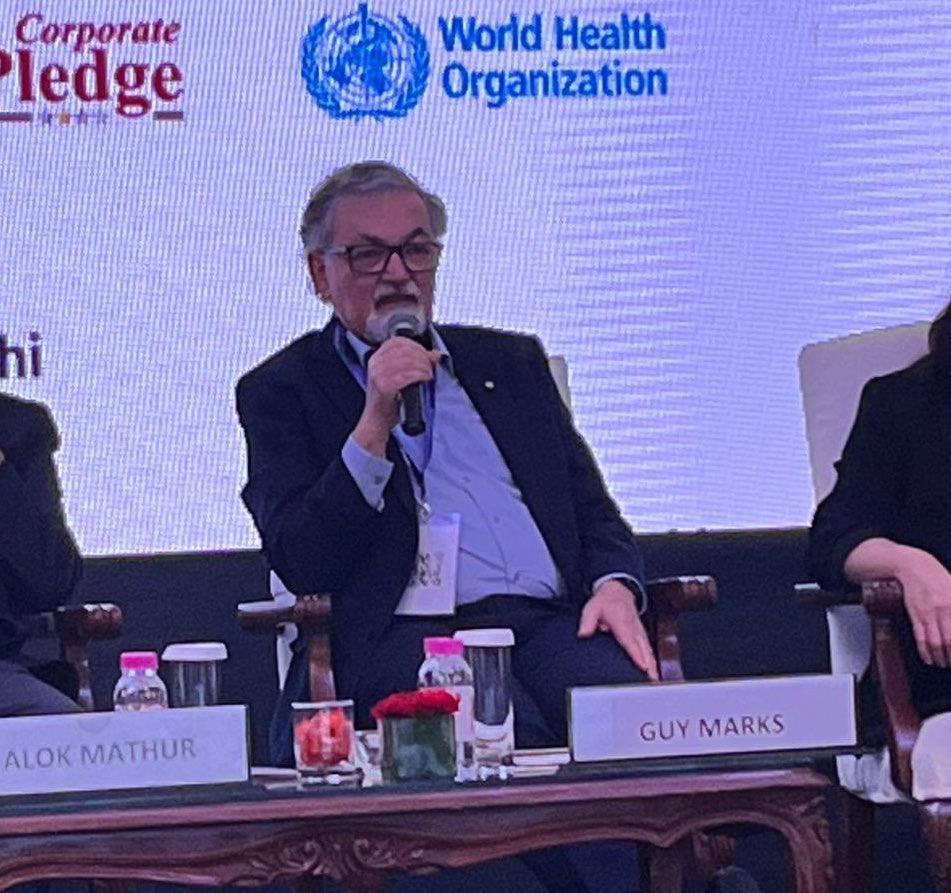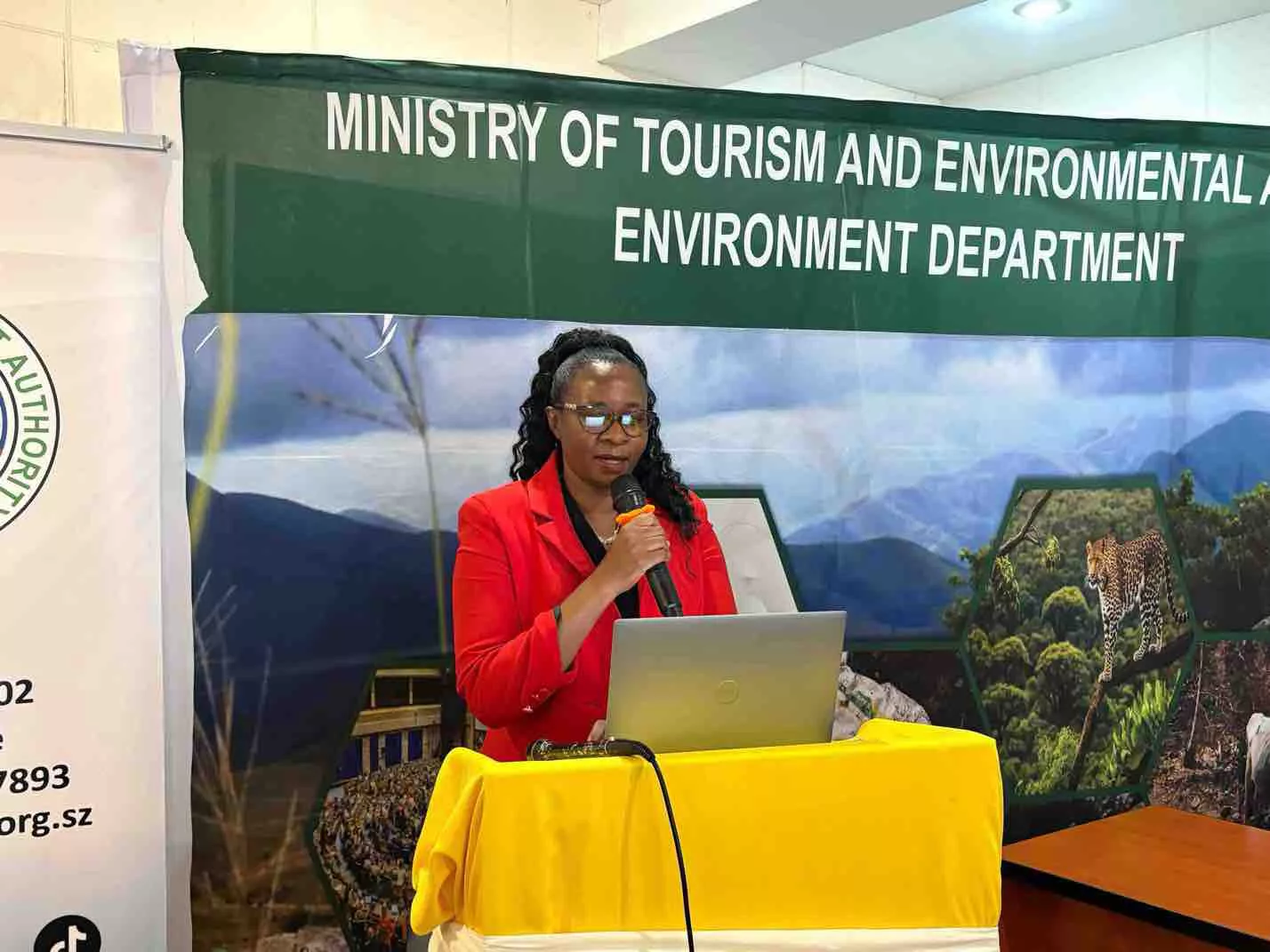|
Getting your Trinity Audio player ready...
|
By Prof Guy Marks (President and Interim Executive Director, The Union)
According to their 2022 Global TB report, the World Health Organization estimates that 10.6 million people tested positive for tuberculosis (TB) in 2021.
This is a 4.5% rise from 2020 and 1.6 million people have died as a result of it. There has been an additional rise of the burden of drug-resistant TB (DR-TB) which increased by 3% between 2020 and 2021.
The spread of TB is largely preventable, and the disease is curable in nearly all cases, but that doesn’t stop it from wreaking havoc on the lives of millions of people and their families every single year. We have effective and safe treatment regimens to treat nearly everyone with TB and to prevent the transmission of the disease, but not enough effort is devoted to actually finding people with TB around the world and treating them all. Finding and treating ALL people with TB is critical, not just for those with TB but also for those in their households, workplaces, and communities who are prevented from acquiring TB.
“If the (Covid-19) pandemic has taught us anything, it’s that with solidarity, determination, innovation and the equitable use of tools, we can overcome severe health threats,” said Dr. Tedros Adhanom Ghebreyesus, WHO Director-General. He continued: “Let’s apply those lessons to tuberculosis. It is time to put a stop to this long-time killer.”
With the first increase in several years of the number of people falling ill with tuberculosis (TB) and drug-resistant TB, and a rise in TB deaths for the first time in more than a decade, it’s time for the global public health community to address how the disease is affecting a world that’s barely just begun to recover from the Covid-19 pandemic. Prior to the onset of the Covid pandemic, TB caused more deaths (1.4 million every year) than any other infectious disease; since then, however, the two decades of slow but steady mortality decline has been reversed, and 2020 saw the first year-on-year increase in TB deaths since 2005.
The two diseases, however, are not vastly dissimilar. Both infectious and commonly affecting the lungs, they spread through simple breathing, coughing, and general air-sharing in poorly ventilated indoor environments. Just like with asymptomatic Covid cases, many people with active TB do not recognise it as a problem and do not get medical attention. In some high-burden countries, as many as 1 in 100 adults in the general population have this infectious type of TB, which means that everyone is at risk of being infected with TB, all the time, everywhere.
Those who do get sick with TB usually do so over a period of weeks to months after they are infected. Of course, in the meantime, they usually develop the disease in their lungs and pass it on to others, continuing the spread of the disease. In settings where TB is common – between 1 in 1000 and 1 in 100 people – most people who develop TB do so as a result of having been infected in the preceding one or two years.
That makes TB a silent threat, and an undeniably insidious one.
After WWII, countries like Australia, Europe, North America, Japan, and Cuba saw many important TB initiatives: regular and free x-ray screening of all adults (with fines for those who did not comply), a tuberculosis pension (to support those unable to work due to the disease), and funding for research into the disease. The campaigns were so successful that, by the mid-1970s, there were few cases to find and they were abandoned. Adopting similar policies in the Global South, however, was deemed not affordable ––a decision that condemned people to continue to live, and die, with the disease.
We recently conducted a promising trial in Vietnam. In 60,000 people screened annually for 4 years, we were able to reduce the number of TB cases by a staggering 44% and lessen the incidence by 57%. These dramatic reductions are encouraging, but need to be scaled up to larger and more diverse settings, to prove their worth as a viable solution.
The world needs new strategies: community-wide screening for TB followed by effective treatment can slow the ongoing spread. Currently, testing requires either a chest x-ray, a highly sensitive “molecular” test on expectorated sputum, or some combination of these two tests. Everyone who is found to have active TB then needs to be offered and supported to complete, an effective course of treatment for the disease. There is evidence that this will have a profound effect on the incidence of TB and, ultimately, see the end of the disease in the global south.
In a world just beginning to emerge from one health crisis, we simply cannot continue to refuse to acknowledge the deadly threat of TB. Renewed commitment and intense global scrutiny need to pave the way for medical breakthroughs and action, as well as changing policies. We need to make TB history.
Prof Guy Marks is an Honorary Professor of Medicine, University of New South Wales (Australia). An expert on asthma and airway disease, he leads a TB research programme with Viet Nam’s National TB Programme. He has been active in The Union since 1993.






